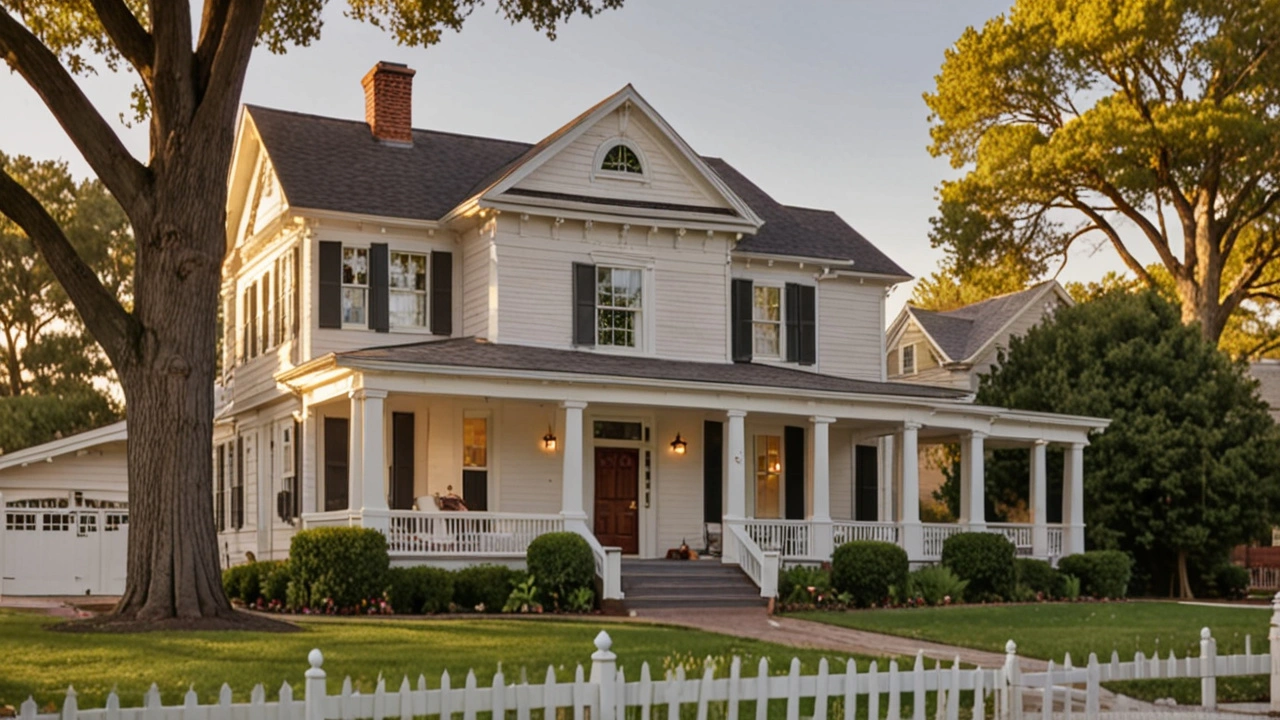Architecture style: how to spot it and use it well
Architecture style shapes how a building looks, feels, and works. Want to know if that house is Colonial, Greek Revival, or Art Nouveau? You can learn to read buildings fast by focusing on a few clear clues: roof shape, windows, ornament, and materials. This guide gives practical, no-nonsense tips to identify styles and use them in a project.
How to spot an architectural style
Start with the roof. Gambrel roofs point to Dutch Colonial Revival, while low-pitched roofs and wide eaves often mean Craftsman. Rounded arches and thick stone walls usually signal Romanesque, and slender pointed arches, ribbed vaults, and stained glass are dead giveaways for Gothic Revival. Domes and mosaics hint at Byzantine, while columns and pediments nod to Greek Revival. Look for symmetry for Georgian, theatrical ornament for Baroque, and playful shapes and color for Postmodern buildings.
Next, check materials and details. Brick and stone give a weighty, historic feel. Smooth stucco and classical columns lean toward Renaissance or Revival styles. Ironwork and flowing plant motifs likely point to Art Nouveau. If a building mixes bright colors, odd geometry, and quotation styles, it’s probably Postmodern. For Modernism or Minimalism, you'll find simple lines, little ornament, and open floor plans.
Choosing and combining styles for projects
Pick a style based on context: neighborhood, climate, and how you want to live. A Greek Revival façade can work for a civic building or a grand home, but it may look out of place in a tight, modern streetscape. For renovations, keep key historic features—windows, cornices, rooflines—then update systems and interiors for comfort.
Mixing styles can be smart if you keep one element dominant. For example, preserve Georgian symmetry while adding Craftsman-style porches and interior woodwork. Avoid random mash-ups; learn the visual language of each style and let one guide the overall feel.
Practical tips: photograph buildings you like, note three distinct features, and build a mood board before you renovate. Use local preservation rules as a resource—city guides often list allowed changes for historic styles. If you’re designing new construction, study nearby historic examples like Beaux-Arts civic buildings or Renaissance-inspired townhouses to match scale and rhythm.
Want to learn more fast? Walk a neighborhood with a camera, visit a local museum or cathedral to see Romanesque, Gothic, Byzantine, and Renaissance details up close, and read short guides on styles you see often. With a few trips and a checklist, you’ll start recognizing styles the way you recognize faces.
Architecture style isn’t just decoration. It carries cultural meaning, practical choices, and clues about how people lived. Once you know how to read those clues, you can make smarter design choices—whether you’re buying a house, renovating, or just loving buildings on your next trip.

Colonial Revival Architecture: A Timeless American Tradition
This article dives into the rich history and enduring appeal of Colonial Revival architecture. It explores its origins, key characteristics, and why it continues to be a popular choice for American homes. The piece also offers tips on recognizing and embracing this traditional style in modern living.
Read more